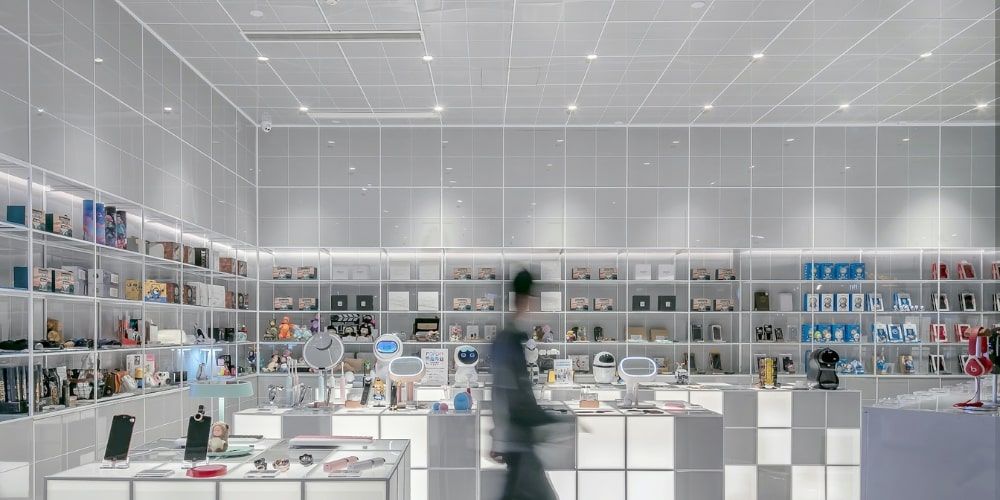Retail product packaging has the task of protecting the product while also catching the eye of the customer in a crowded store environment. It combines functionality and design elements to create an appealing and informative product presentation.
Why Packaging Matters for Your Retail Product
We can't get into how to package your products for retail without first diving into why packaging is so important. First and foremost, packaging is what protects your product during transportation, handling and storage. Without proper protection, your product could become damaged, affecting its quality and possibly resulting in loss of stock, unhappy customers and lost revenues.
Another key function of packaging is to attract customers' attention and communicate the value of your offering. Appealing packaging can draw in customers and increase sales.
On top of this, packaging can also play a crucial role in building brand identity and loyalty. Well-designed and consistent packaging can help customers recognize your product and associate it with your brand. This can lead to repeat purchases and positive word-of-mouth recommendations, ultimately contributing to the growth of your business.
Understanding Retail Packaging Regulations and Requirements
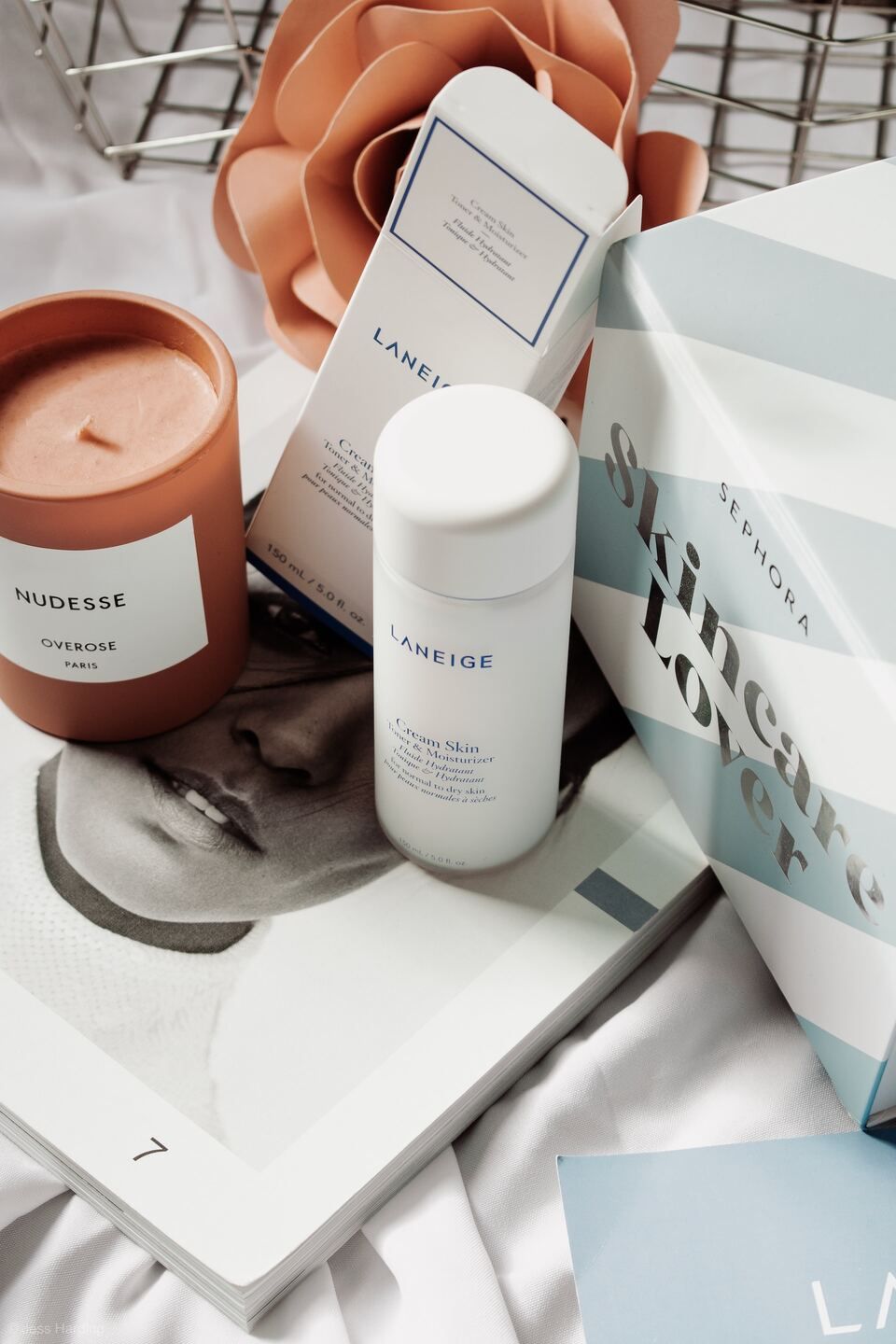
When it comes to retail packaging, there are certain regulations and requirements you need to follow to ensure compliance and safety. These can vary depending on the type of product you're packaging, the market and location (such as EU regulation in Europe, or FDA in the US), and the specific regulations set forth by the government or industry organizations.
For example, you'll need to follow certain labeling requirements, such as indicating the contents, net weight, ingredients and nutritional information, as well as any warnings or cautionary statements. You'll also need to choose materials that are safe for food or cosmetic products, for example, and comply with safety standards for transporting hazardous or fragile goods.
It's important to note that these regulations and requirements are constantly evolving and changing. As a retailer, it's your responsibility to stay up-to-date with any new regulations or changes to existing ones. Failure to comply with these regulations can result in fines, legal action, and damage to your brand reputation.
How to Actually Package Retail Products: Our 10-Step Recommendation
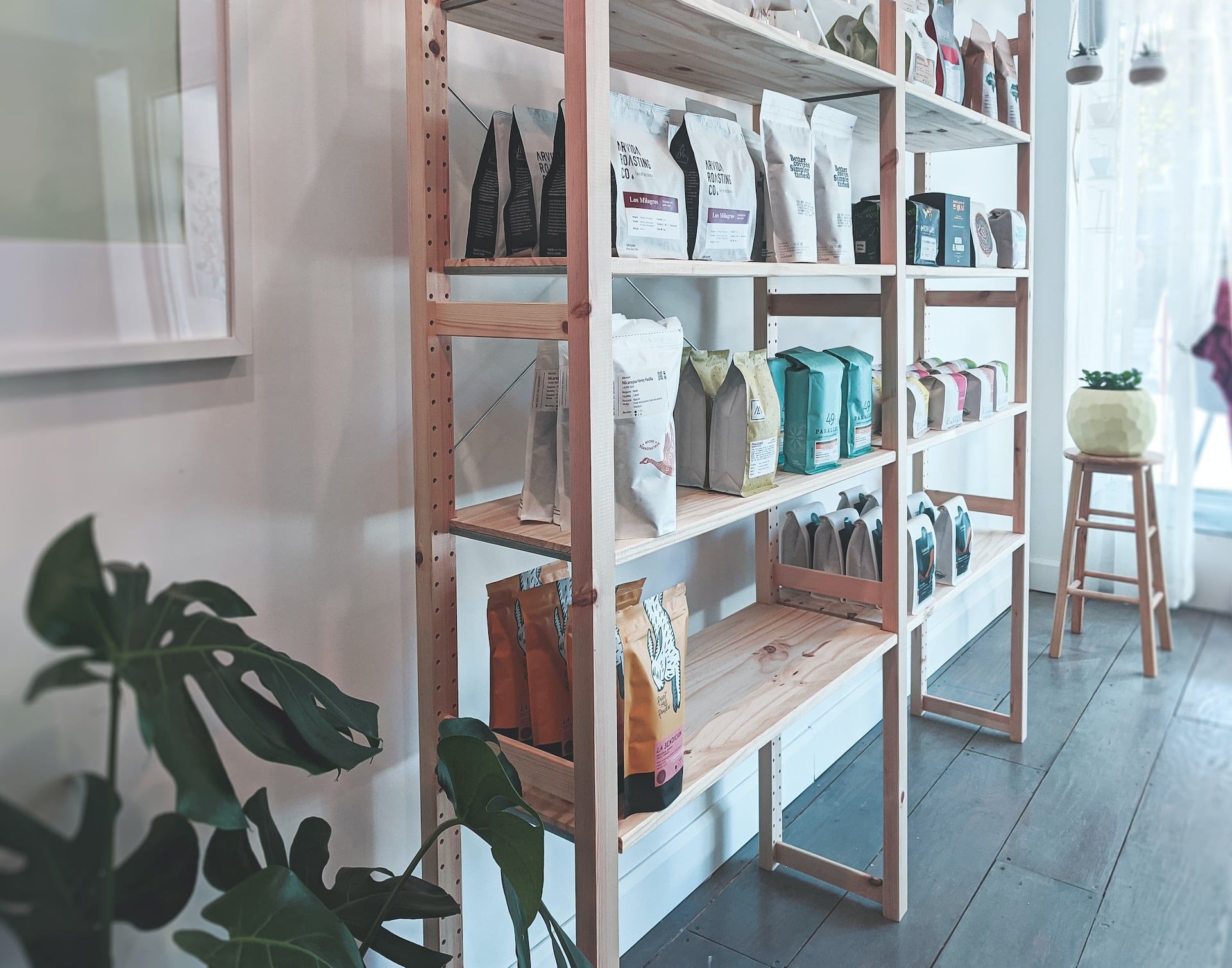
- Choose appropriate packaging materials that are durable, eco-friendly, and cost-effective.
- Create a design that resonates with your target market, including your brand logo and a brief product description.
- Ensure that your packaging is easy to transport, store, and display in a retail store.
- Use packaging that protects your product during handling and transportation.
- Consider using custom packaging for your products to stand out from competitors.
- Use clear and concise labeling to communicate important information about your product.
- Test your packaging to ensure that it meets regulatory requirements and is safe for consumers.
- Consider offering a variety of packaging sizes to appeal to different customer needs and preferences.
- Promote your brand and product features on the packaging to help customers make informed purchasing decisions.
- Monitor customer feedback and adjust your packaging strategy accordingly to improve sales and customer satisfaction.
How to Test Your Retail Packaging to Ensure It Meets Industry Standards
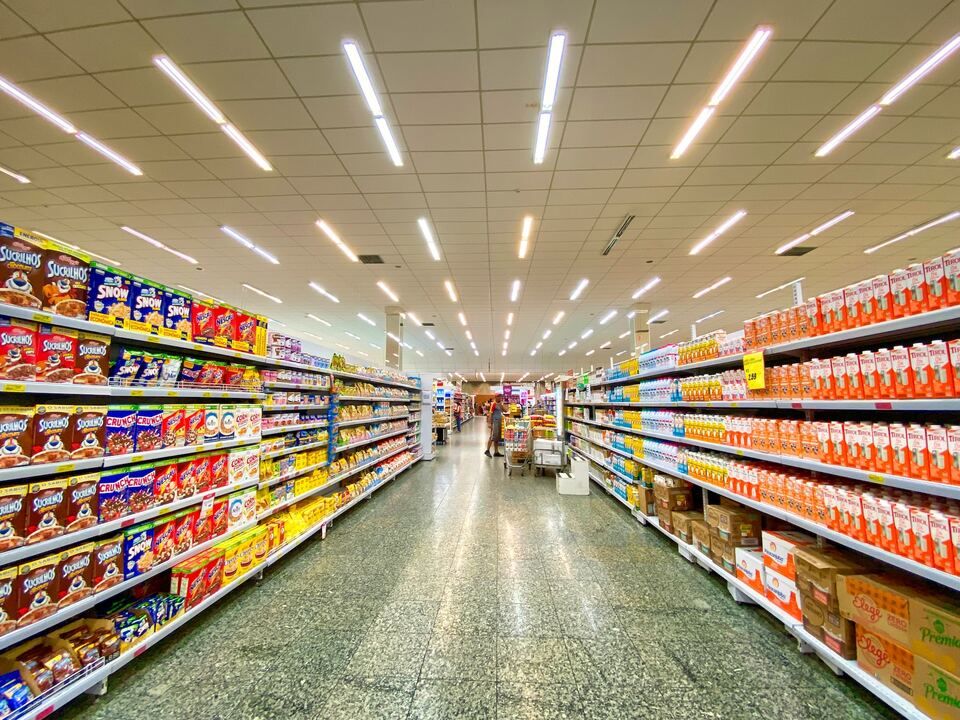
Before you start producing and distributing your packaging, it's important to test it to ensure that it meets industry standards and regulations, as well as your own quality standards. You may want to conduct drop tests, durability tests, and other tests to ensure that your packaging can withstand transportation, handling, and storage.
You'll also want to ensure that your labeling complies with regulations, and that your packaging can be easily read and understood by customers. Finally, you may want to conduct surveys or focus groups with your target audience to get feedback on your packaging design and functionality.
Tips for Efficiently Managing the Production and Distribution of Your Retail Product Packaging
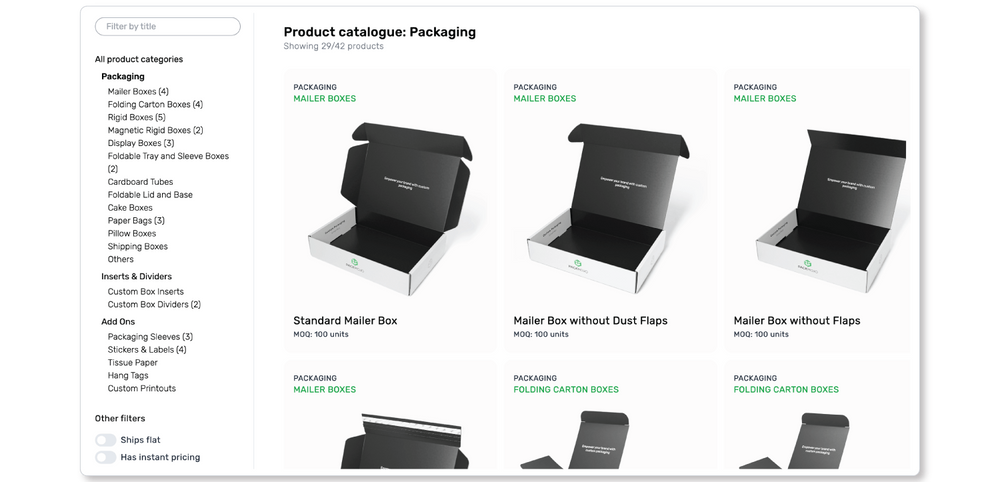
Once you've created your packaging design and tested it for compliance and quality, it's time to start producing and distributing it. This can be a complex process, requiring coordination with various suppliers, manufacturers, warehouse operators and retailers.
One way to ensure efficient management of your packaging production and distribution is to use a reliable packaging platform that can help you track and monitor each stage of the process: PackMojo can support you throughout all the steps of the way.
Environmental impact of retail packaging
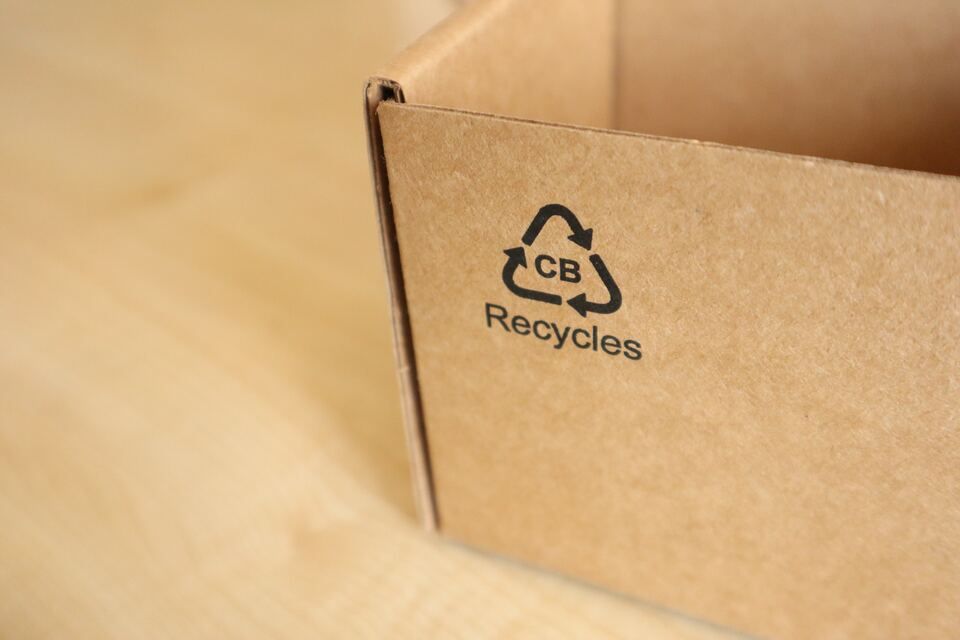
Another important factor to consider when choosing packaging is the environmental impact. Consumers are becoming increasingly aware of the impact of packaging waste on the environment, and are more likely to choose products with eco-friendly packaging. You may want to consider using biodegradable or recyclable materials, or reducing the amount of packaging used altogether. Not only will this appeal to environmentally conscious consumers, but it can also save you money on packaging costs in the long run.
In Conclusion
Creating effective retail packaging is a multi-step process that requires careful planning, attention to detail, and collaboration with the right suppliers, manufacturers and retailers. By following the steps outlined above, you'll be able to create packaging that not only protects your product but also attracts customers, communicates your brand values and meets industry standards. Take the time to invest in packaging that enhances your product's appeal and helps you stand out on the shelves, and you'll be on your way to increased brand recognition, sales, and customer loyalty.
